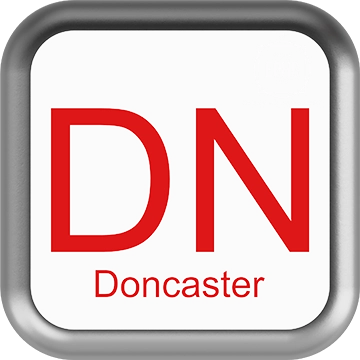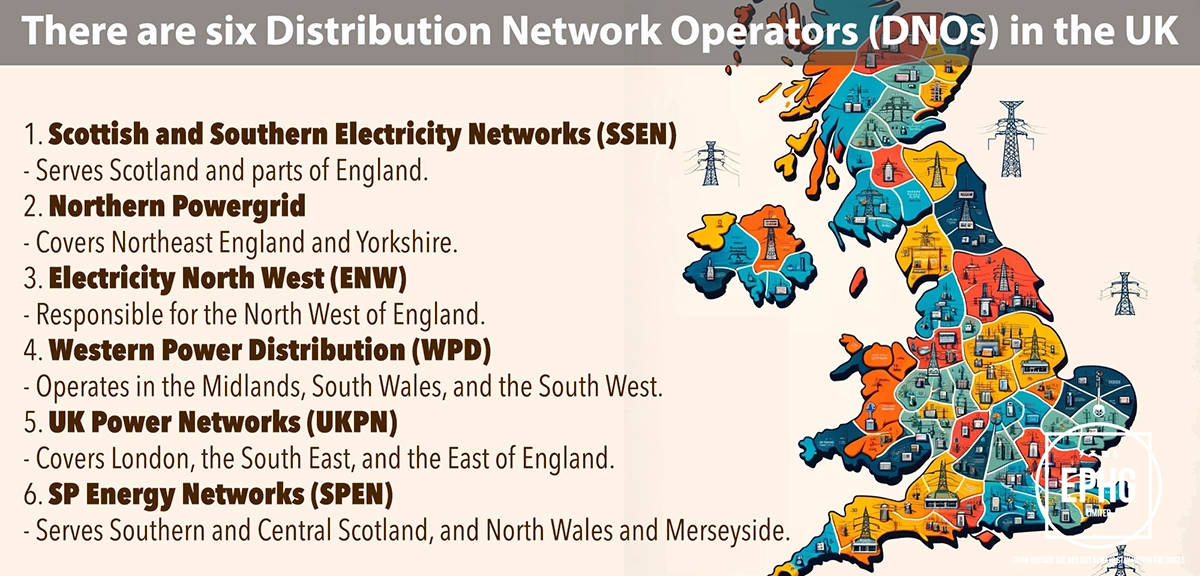
DN Postcodes for Utilities & Services in Doncaster and Surrounding Areas
Introduction: The DN postcode area, encompassing Doncaster, Grimsby, Scunthorpe, and other localities, provides detailed insights into the utilities such as water and electricity that service the region. Here, we explore various aspects of these essential amenities.
Water in Doncaster and Surrounding Areas
Where does the water supply come from in Doncaster and is there ever a shortage of water?
In Doncaster and its adjacent regions, the primary water supply comes from reservoirs, rivers, and underground aquifers, with Yorkshire Water being the main provider. These sources undergo extensive treatment to meet rigorous safety and quality standards before reaching consumers. Although Doncaster generally enjoys a steady supply, it faces typical challenges like the rest of the UK, such as climate change and seasonal fluctuations, which could impact water availability. Yorkshire Water has proactive measures in place, including sustainable resource management and customer education on water conservation, to mitigate potential shortages. Residents are thus encouraged to engage in water-saving practices to ensure the longevity of this critical resource.
What is the hardness & quality of the water in Doncaster and surrounding areas and can this affect your health?
The water hardness in the DN postcode area can vary significantly; some areas experience soft water while others have moderately hard water, primarily due to the geological diversity across the region. Regardless of hardness, the water quality is strictly monitored to ensure it adheres to health and safety standards. While hard water can lead to scale buildup in appliances, it poses no health risks and can contribute beneficial minerals. Conversely, soft water is kinder to skin and more effective with soaps and detergents. Yorkshire Water provides detailed reports and advice for managing water hardness. It's essential for residents to know their water type primarily for appliance maintenance, not for health concerns, as all water provided meets stringent quality criteria.
Electricity in Doncaster and Surrounding Areas
Where does the electric supply come from in Doncaster and what is the future of energy there?
The electric supply in Doncaster primarily comes from a blend of traditional and renewable sources. The region benefits from the national grid, which includes power from coal, natural gas, nuclear sources, and an increasing share from renewables such as wind, solar, and biomass. Doncaster itself is seeing a shift towards greener energy solutions, with several local initiatives and developments in renewable energy, particularly in wind and solar energy projects. The future of energy in Doncaster is aimed towards sustainability, aligning with national goals to reduce carbon emissions and increase renewable energy production. There are plans to expand renewable energy facilities, improve energy efficiency across homes and businesses, and support the adoption of electric vehicles and other green technologies. This transition supports the broader movement towards a more sustainable, low-carbon energy system in the UK.
When is hydrogen coming to gas boilers in Doncaster?
The integration of hydrogen into heating systems in Doncaster is part of the UK's wider strategy to decarbonize heating and achieve carbon neutrality. While there is no specific timeline for the complete transition in Doncaster, the town is expected to participate in national pilot programs and initiatives. These will explore the feasibility and infrastructure required to switch from natural gas to hydrogen for residential and commercial heating. Residents of Doncaster should expect gradual developments, with the government planning for a significant rollout of hydrogen heating technologies in the coming decades. It's important for locals to stay informed about the transition and potential changes to their heating systems as part of the national move towards cleaner energy sources.
Where Does the Wastewater Go in Doncaster
In Doncaster, wastewater treatment and management are crucial for maintaining public health and protecting the environment. Wastewater from domestic, commercial, and industrial sources is collected and channeled to treatment plants where it undergoes rigorous processing to remove pollutants and contaminants. The treated water is then safely released back into local rivers or the sea, adhering to strict environmental standards. Continuous investments are made into the sewerage and wastewater treatment infrastructure to ensure efficiency, compliance with environmental regulations, and capacity for future growth. This system reflects Doncaster's commitment to environmental sustainability and public health, ensuring the region's waterways remain clean and safe.
Regions and Services:
The DN postcode area spans a diverse array of settings, from the bustling urban environment of Doncaster to the serene landscapes of North Lincolnshire. Key regions include:
- Doncaster: The heart of the region, where urban development meets advanced utility services, including sophisticated electrical and gas infrastructures.
- Scunthorpe, Grimsby, and Cleethorpes: Industrial towns transitioning towards modernity, integrating traditional services with renewable energy projects and modern utility solutions, reflecting their unique industrial backgrounds.
- Barton-upon-Humber, Brigg, and Gainsborough: Smaller towns and villages where community initiatives and renewable energy projects are gradually complementing established utility services, enhancing their rural charm with sustainable development.

Regions within the DN Postcode
Doncaster and Surrounding Areas
- DN1: Doncaster Town Centre
- DN2: Intake, Wheatley, Wheatley Hills
- DN3: Armthorpe, Barnby Dun, Branton, Edenthorpe
- DN4: Balby, Belle Vue, Bessacarr, Cantley, Hexthorpe, Warmsworth
- DN5: Arksey, Bentley, Doncaster North
- DN6: Adwick-le-Street, Askern, Campsall, Carcroft, Woodlands
- DN7: Dunsville, Hatfield, Stainforth, Thorne
- DN8: Moorends, Goole
- DN9: Epworth, Finningley, Haxey, Owston Ferry
- DN10: Bawtry, Misson, Misterton, Scrooby
- DN11: Harworth, New Rossington, Rossington, Tickhill, Wadworth
- DN12: Conisbrough, Denaby Main, New Edlington, Old Denaby, Old Edlington
- DN14: Goole, Howden, Rawcliffe, Carlton
- DN15: Scunthorpe, Bottesford, Yaddlethorpe
- DN16: Scunthorpe, Appleby, Frodingham, Crosby
- DN17: Scunthorpe, Althorpe, Amcotts, Bottesford, Crowle
- DN18: Barton-upon-Humber
- DN19: Barrow-upon-Humber
- DN20: Brigg, Broughton, Hibaldstow, Scawby, Wrawby
- DN21: Gainsborough, Kirton Lindsey, Marton, Lea, Blyton, Scotter
- DN22: Retford, Ranby, Ranskill
- DN31: Grimsby
- DN32: Grimsby
- DN33: Grimsby, Cleethorpes
- DN34: Grimsby
- DN35: Cleethorpes
- DN36: Holton le Clay, Humberston
- DN37: Waltham, Barnoldby le Beck, Bradley, Laceby, New Waltham
- DN38: Barnetby, Ulceby, Habrough, Keelby, Killingholme
- DN39: Immingham, South Killingholme, Habrough
- DN40: Immingham, Healing, Stallingborough, Keelby
- DN41: Laceby, Healing
Surrounding Villages and Areas
- Surrounding villages and areas within the DN postcode include smaller communities and rural locales, each contributing to the region's diversity and charm.




